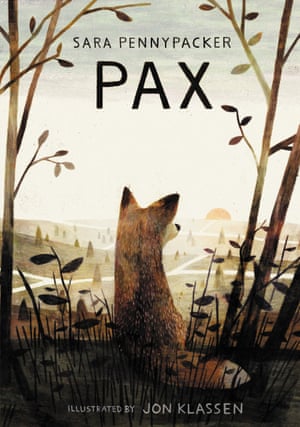I recently started working with a group of nonverbal
two-year-olds. You might think they’d have a difficult time communicating but
you’d be wrong. Some of them are very skilled at using sign language or other
nonverbal forms of communication. One of these little ones went down our
toddler slide and landed hard on her well-padded, diapered bottom. With tears
in her eyes, she ran to me for a hug. Then she puckered her lips, smacked them
into a kiss, and pointed to her bottom. Her communication was quite clear but
it would have held an entirely different meaning if she had been twenty-two
instead of an innocent two-year-old!
Animals can also use nonverbal forms to communicate with us.
Take a look at this raccoon – I’d say he is checking out our cat’s bed and
considering the cushy life of our cat.
This young fox has taken it a step further; he pulled the
bed and cushion down and decided to give the cat’s life a go!
You may have noticed I haven’t been posting for a while and
you might have taken that to mean I’ve grown tired of blogging. In this case,
you’d have misinterpreted my nonverbal communication! I haven’t had much time
for blogging lately because I entered into new business partnership with two
other speech therapists. We plan to bring more children’s literature into the
therapy room through our new educational products. I hope you’ll drop on by our
website and say hello on our blog! https://www.speechfixslp.com




